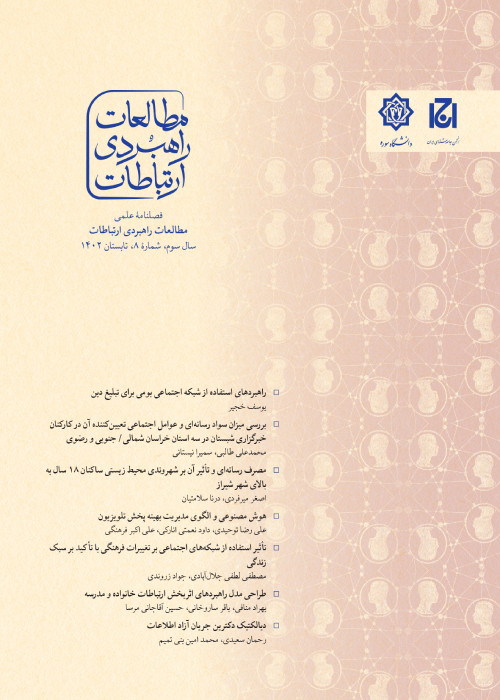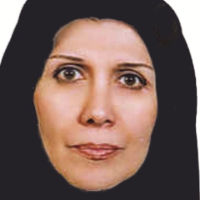Cultural change and the evolution of the contemporary family With Emphasis on Marriage and Childbearing
Author(s):
Article Type:
Research/Original Article (بدون رتبه معتبر)
Abstract:
In recent decades, the institution of the family in Iran has undergone significant changes. Such as: change in the formation of marriage and family formation, increase in marriage age, decrease in marriage rate, increase in definite celibacy, change in the circle of marriage, change in criteria for marriage and change in childbearing aƫtudes. Many experts do not consider the changes in the family institution as the result of changes in the economic situation and the institutional structure of society, but also believe that these changes stem from changes in the process of values and traditions.The theoretical basis of this research is based on ideological and aƫtude theories. According to Inglehart theory of cultural and value transformation and Ven de kaa and Lasthaeghe theory in the framework of the second population transition theory, two aspects of value and aƫtude changes in the country including individualism and family values and their impact on change in criteria and methods of marriage, aƫtude to the appropriate age for marriage and the desired number of children are considered. The required data are taken from the findings of two naƟonal family surveys (2019) and the third wave of Iranian values and aƫtudes (2015), which have been evaluated by secondary analysis. Findings showed that the rate of childbearing in Iran in the last four decades has increased from normal natural (7.1 children) to voluntary ferƟlity and below the replacement level (1.7 children) and the average age of marriage for boys and girls, has been accompanied by an increase of about 5 years. Values and aƫtudes about marriage and childbearing and the degree of individualism differed between the three generations of young, middle-aged and older. On the other hand, aƫtudes toward the desired child and the appropriate age for marriage are significantly correlated with the degree of individualism. Therefore, the effect of cultural factors on changes in marriage and childbearing in Iran can be confirmed. And more emphasis should be placed on cultural factors to revise population policies.
Keywords:
Language:
Persian
Published:
Journal of Strategic Communication Studies, Volume:1 Issue: 1, 2021
Pages:
7 to 22
magiran.com/p2417252
دانلود و مطالعه متن این مقاله با یکی از روشهای زیر امکان پذیر است:
اشتراک شخصی
با عضویت و پرداخت آنلاین حق اشتراک یکساله به مبلغ 1,390,000ريال میتوانید 70 عنوان مطلب دانلود کنید!
اشتراک سازمانی
به کتابخانه دانشگاه یا محل کار خود پیشنهاد کنید تا اشتراک سازمانی این پایگاه را برای دسترسی نامحدود همه کاربران به متن مطالب تهیه نمایند!
توجه!
- حق عضویت دریافتی صرف حمایت از نشریات عضو و نگهداری، تکمیل و توسعه مگیران میشود.
- پرداخت حق اشتراک و دانلود مقالات اجازه بازنشر آن در سایر رسانههای چاپی و دیجیتال را به کاربر نمیدهد.
In order to view content subscription is required
Personal subscription
Subscribe magiran.com for 70 € euros via PayPal and download 70 articles during a year.
Organization subscription
Please contact us to subscribe your university or library for unlimited access!



